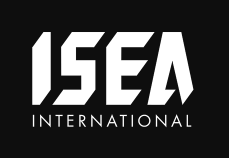Named after the pioneering critic of the commercialization of mass media, the late Professor Rose Goldsen of Cornell University, the Archive was founded in 2002 by Timothy Murray to house international art work produced on CD-Rom, DVD-Rom, video, digital interfaces, and the internet. Its collection of supporting materials includes unpublished manuscripts and designs, catalogues, monographs, and resource guides to new media art.[1]
Emphasizing multimedia artworks that reflect digital extensions of twentieth-century developments in cinema, video, installation, photography, and sound, holdings include extensive special collections in American and Chinese new media arts, significant online and offline holdings in internet art, and the majority of works in the international exhibition, Contact Zones: The Art of CD-Rom.[1]
The curatorial vision emphasizes digital interfaces and artistic experimentation by international, independent artists. Designed as an experimental center of research and creativity, the Goldsen Archive includes materials by individual artists and collaborates on conceptual experimentation and archival strategies with international curatorial and fellowship projects.[2]





